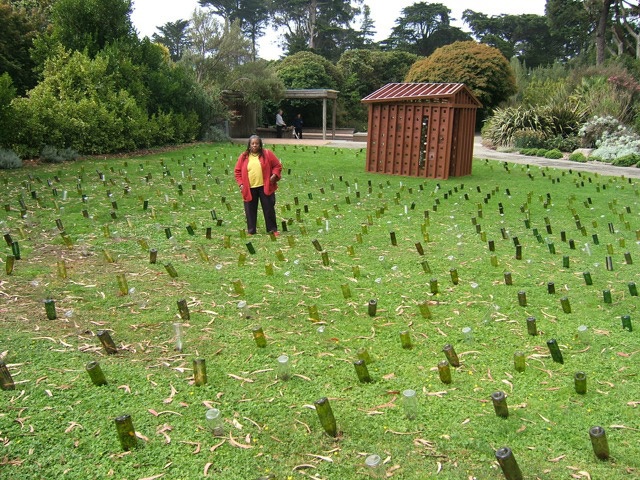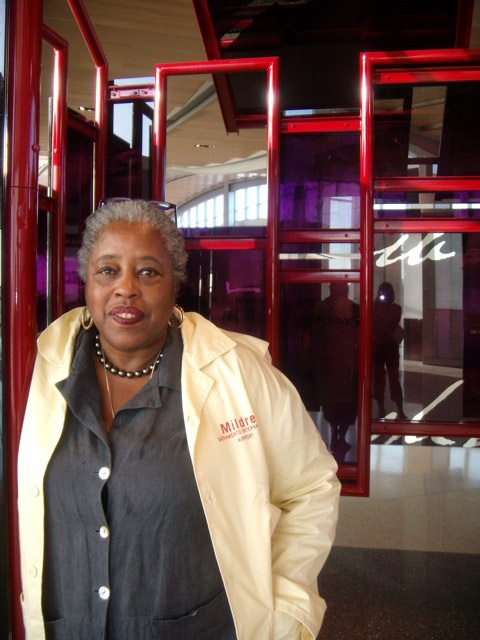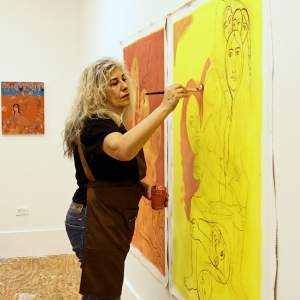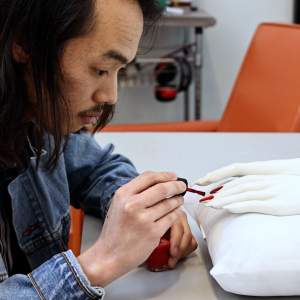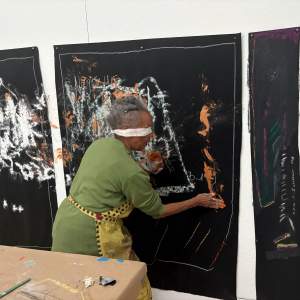Creating a Living Legacy: Mildred Howard
Mildred Howard
At the beginning of the archival process, every project I applied to was an ordeal that took hours and hours of time away from making of art. I had reached a point where I was overwhelmed. Like many artists I would threaten to quit every week. I was happy to receive the call to be part of the CALL Program. Not only were my archives a hot mess, so was my studio. I had work stored at the gallery that represented me, in my studio and in storage. Flat files were crammed to the max with completed and partially completed work that needed identifying and cataloguing. It was an opportunity that was welcomed; one that would hopefully assist in helping me to take my work to the next level. I wanted more visibility and a larger playing field. I had reached a point that it was a necessity.
My first step was to find a person who was interested in working with me to archive all my art related material. This included separating my personal life from my art life and trying to make sense of the how to categorize the areas that were blurred.
I came to the understanding that my personal life and my life as an artist are one. Before I hired a person to work with me, I consulted friends on who they had worked with to come up with a person who was interested in learning about an artist process, history and what goes into making art. Unfortunately, I went through several hired assistants and one volunteer before I came up with the best person for the job. I worked part time for at least a year with the person who I had hired organizing my records into categories. The first person put together a system of filing that did not make sense. There are those individuals who are those who are enamored by the “idea” of working with an artist and art and those who are truly interested in knowing what it takes to be an artist.
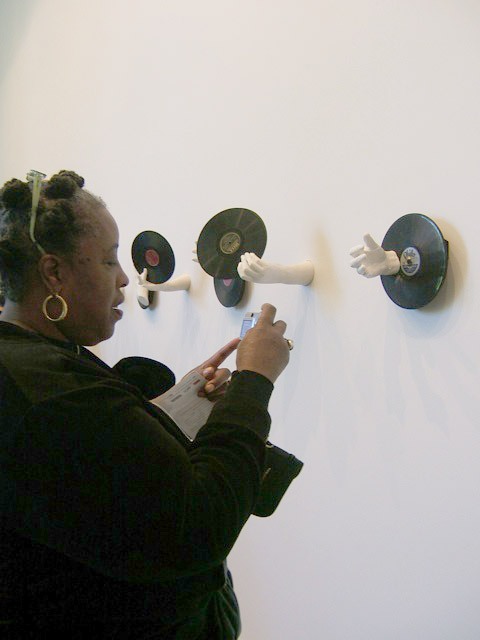
My files were in a mess. Only a small portion of my art was digitized. Slides were in carousels, slide sheets, the slide boxes that they come in once developed, and a few in metal boxes. Stacks and stacks of art related material was in a spare bedroom/partial office and storage space. Some information was separated by project, other information was piled in stacks. My definition of my files was order within chaos, others might just call it a hot mess. We are talking about pre-computer, back in the typewriter days when it was considered a big deal when you had labels that were typed on a typewriter and adhered to the slides. Resumes and reports were typed on a typewriter and then xeroxed to cover up the whiteout. I even found a copy of one of my first proposals, that for some strange reason, I xeroxed on lime green paper so that someone would notice. What was I thinking? I was the maker of art, the historian/archivist, the development person and administrative assistant to myself.
I have learned that a system of organizing and documenting one’s life work is a must. You can’t always rely on memory. Early in my career, I was so happy to sell work that my list of collectors only included the name of the person and the city where they were living at the time of purchase. One thing that I have learned from Squeak Carnwath is that she takes a photograph of each piece, writes down as much information as possible, attaches it to the back of the work, and keeps a copy for her records. Archiving is a continuous effort. It is one that both the archivist and the artist should understand.
This process of organization is ongoing. I came to realize that I really had been working and that there were records to prove it. I realized that I could fill several floors of a museum and still have work left over. I also realized that there is work that I may never see again because there is no proof of where it is or has gone.
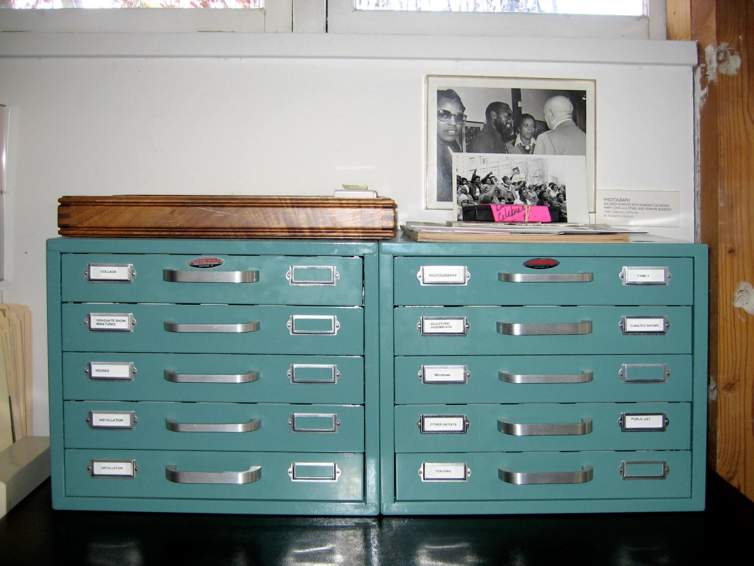
I have definitely benefitted from this process. I was visited by a curator/historian and was told that it was a dream to come into a place and find the history of the artist organized in a manner that made their work easier. I was thrilled. Currently when I need information on my work it is so much easier to obtain and send out. Being a part of the CALL Program has further validated who I am as an artist. Having that on my resume has definitely been a plus. Since 2009 when I began, I’ve had three solo exhibitions and ten group exhibitions. I’ve sat on numerous panels, been granted a second Rockefeller Award to Bellagio, Italy, participated as a Pilchuck Artist in Resident, awarded a Museum of Glass Residency, traveled to Morocco as a cultural ambassador, awarded Mildred Howard Day in Berkeley and will be given a SPUR Award this coming October in San Francisco. In addition I have completed several major public art pieces, with four in permanent collections.
Begin organizing your records and your work early in your career. The organizational aspect is as important as making the work. If you do not have a record, you have no proof of what you have done. Do not rely on memory. Trust me, you will not always remember. If you have the opportunity, work with someone who has done this work prior to you. Take really good images in high resolution. Write as much information about the work as possible.
